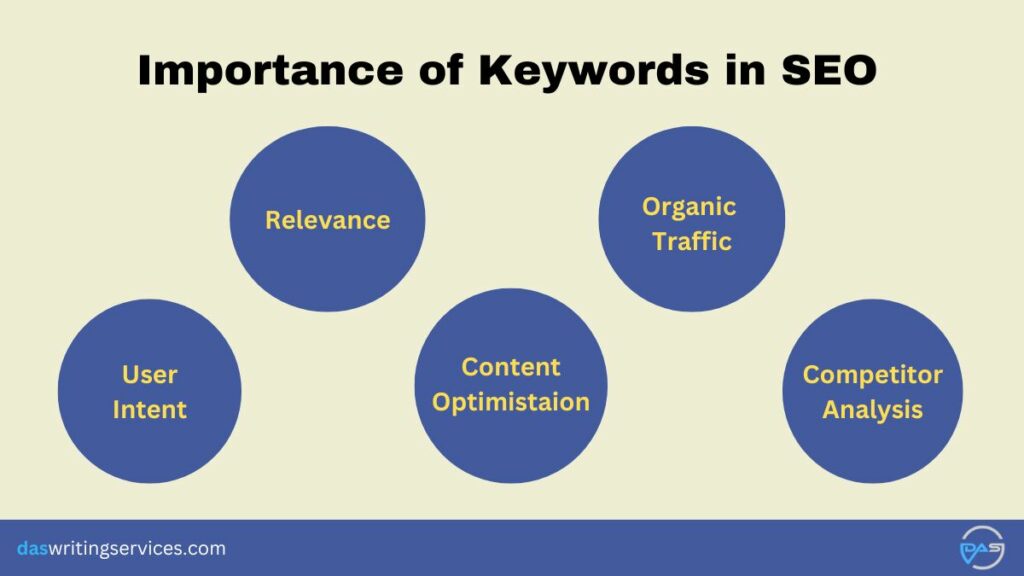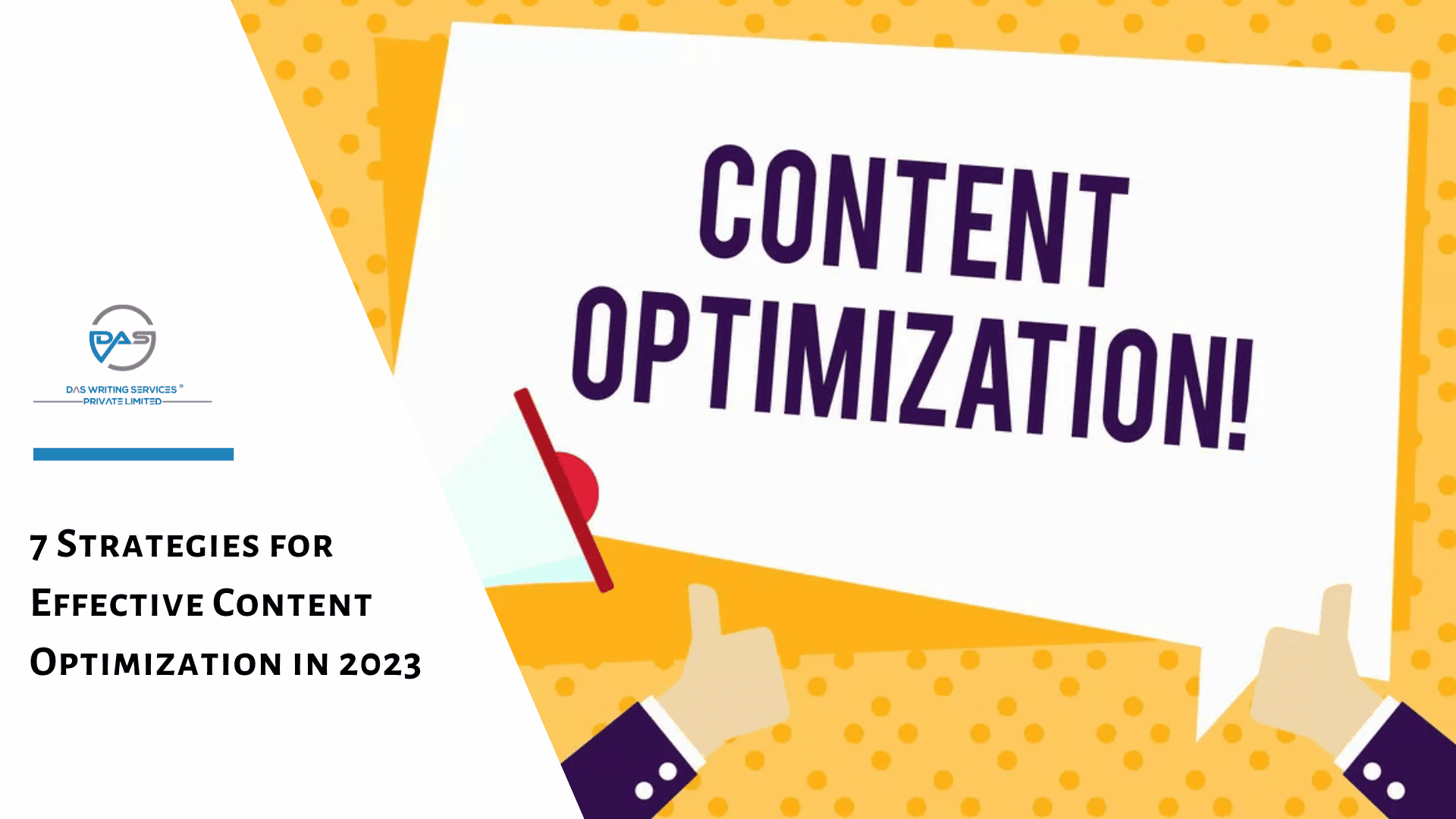Keywords are words or phrases that can be used to describe your content. These are the terms that a customer uses to search for something on the search engine. There are two types of keywords: primary keyword and secondary keyword.
Did you know that according to a study by Brightedge, SEO drives 1,000%+ more traffic than organic social media?
In this world of search engine optimisation (SEO), it is very important that you incorporate these in your content so that you can rank higher on Google.
In this article, we will talk about the different types of keywords and how to incorporate them into your content.
What is a Primary Keyword and How to Use it?
These are the terms that you want to rank your website on. A primary keyword generally has a high search volume which means that a lot of people are searching for that term online. Hence, they can bring in a lot of organic traffic to the blog and website.
According to a study by Ahrefs, 90.63% of pages get no organic search traffic from Google.
So you can get an estimation of how important it is to properly integrate primary keywords in your content.
To properly optimise primary keywords in your content try to keep these few points in your mind:
- Use the primary keyword at least 0.75 – 1% throughout your content.
- Use primary keywords not only in the content (introduction, body and conclusion) but also in headings, subheadings and URLs.
- In addition to the above point, use them in your meta titles, meta description and alt tags.
- Always try to keep a gap of 100 words between the keywords to avoid keyword stuffing. To know what is keyword stuffing refer to the later part of the content.
- Do not place any outbound links on your primary keyword as it may divert your audience.
- Avoid using a primary keyword before or after a secondary keyword.
Examples of Primary Keywords
For instance, you own a restaurant in Kolkata, India and your shop is located in the Sector 5 area of Saltlake. Then your primary keywords should be; restaurants near me, restaurants in sector 5, best restaurants near me, and best restaurants in Kolkata.
By including these in various content on your website, you can attract the ideal customers by ranking at the top of search results.

What are Secondary Keywords and How to Use Them?
Secondary keywords are words or phrases that further categorise your primary keyword. It additionally helps in the fine-tuning of your content and assists Google in understanding the intent behind your content.
By using secondary keywords you can show the search engine that you are writing your content by keeping the user’s intent in mind and have better chances of ranking higher.
Here are a few points to keep in mind to optimise the secondary keywords properly:
- The usage of these keywords should not be more than 0.5% of your primary keyword.
- Try to use these words in your subheadings to categorise your content properly
- Use the keywords throughout your content in a natural manner; should not be forced.
- You can include more than 2-3 secondary keywords in a single content. Just ensure that it is related to the topic.
Examples of Secondary Keywords
Let me explain it to you by using the example we used in our primary keyword. Hence, your primary keyword is restaurants near me, best restaurants in Kolkata.
Then your secondary keywords should be best Indian food restaurants in Kolkata, restaurants in sector 5 price, Chinese food near me, etc.
The secondary keywords here further define your primary one and help in better matching the user intent.

What are Long-Tail Keywords and Why Should You Use Them?
Long tail keywords are hyper-focused keywords that match exactly with the search query of your target audience. in fact, according to Embryo, 92% of all searches by people into search engines are long tails keywords.
If the customer can get exactly what they are looking for they tend to rely more on that website. Hence, it can help in building authority and credibility.
Additionally, the competition of these keywords is also very less as not a lot of people are targeting them. We have talked about what is the competition of a keyword in the later part of the content so ensure to check it out to understand the concept in detail.
These keywords are entered by people who already know what they are searching for exactly and are most likely to make a purchase.
To use them try to make clusters of several long tail keywords separating them according to the topic. Use each cluster according to the topic you are writing on, and ensure not to use the cluster of keywords twice.
What are the Qualities of a Well-Performing Primary Keyword and Secondary Keyword?
You should consider a few things before deciding on the primary and secondary keywords for your website content. Mentioned below are the pointers which when taken into consideration will help you in using keywords that will perform the best.
- High Search volume
The search volume of a keyword denotes the number of times people have searched for that keyword in a month. The average number is different for different locations and you can change the location according to your preference.
You can see above that around 2.5 million people are searching with the keyword ‘restaurants near me’ which means the search volume of this is very high.
This number can help you in getting an idea of how much traffic you can get if you use that primary keyword or secondary keyword in your content. The higher the search volume the better will be the performance.
Now when you target keywords with high search volume you also have to consider the competition of the same. We have talked about it in the next paragraph.
- Low Competition
Now that you know what the search volume of a keyword is, it is also essential you know how to check its competition.
You can see in the above picture that the competition for the keyword “restaurants near me” is 12, and for “veg restaurants near me” is 38.
This factor of a keyword is defined by how many websites are trying to rank against the same keyword.
The higher the keyword difficulty, the tougher your competition will be. It is better to choose a primary keyword that has a high search volume but lower keyword difficulty. However, You can include a few high-difficulty secondary keywords in your article to optimise it even better.
How to Find Primary and Secondary Keywords for Your Content
There are a few things you should keep in mind before choosing the keywords for your website content. We have talked about them in the below-mentioned points:
1. Identify the Theme of Your Content
Determine the primary focus or theme of your website content. This will help you understand the core subject matter you want to cover and then you can select the keywords accordingly. The keywords you use must be relevant to the industry you are dealing in.
Include general terms as well as specific long tail keywords related to the topic that you are writing on. This will give you direct access to your ideal target audience.
2. Put Yourself in Your Readers’ Shoes
Consider what your target audience might search for when looking for information related to your industry. Think about the problems they are trying to solve, questions they have, or topics they are interested in. This will give you an insight into the words they will use while searching for something.
3. Use Keyword Research Tools
There are several keyword research tools available that can help you discover relevant keywords and provide data on their search volume and competitiveness.
Different tools work differently, mentioned below are some famous research tools and how you can use them.
- Google Keyword Planner: This free tool from Google Ads allows you to discover keywords related to your topic, see their search volume, and assess their competitiveness. It’s a great starting point for keyword research.
- SEMrush: SEMrush offers a comprehensive suite of SEO tools, including a powerful keyword research feature. It provides keyword suggestions, search volume data, keyword difficulty scores, and competitor analysis.
- Moz Keyword Explorer: This keyword research tool provides insights into keyword difficulty, search volume, and organic click-through rates. It also offers helpful suggestions for related keywords and allows you to prioritise keywords based on their potential value.
- Ahrefs: It is an all-in-one SEO toolset that includes a robust keyword research feature. It offers keyword ideas, search volume data, keyword difficulty scores, and detailed insights into competitor rankings and backlinks.
- Ubersuggest: Ubersuggest is a user-friendly tool that provides keyword suggestions, search volume, and competition data. It also offers insights into content ideas, backlink opportunities, and competitor analysis.
- KeywordTool.io: This tool provides keyword suggestions based on Google Autocomplete. It offers keyword ideas for various platforms, including Google, YouTube, Bing, Amazon, and more.
- AnswerThePublic: This is a unique tool that generates keyword ideas in the form of questions and phrases based on search queries. It can be helpful for understanding the specific queries and topics people are searching for.
Importance of Keywords for SEO
Incorporating primary keywords and secondary keywords in your content has a lot of importance. Some of them are mentioned below:

1. Relevance
Keywords are the bridge between what people search for and the content you provide. By incorporating relevant primary keywords and secondary keywords into your website’s content, meta tags, headings, and other on-page elements, you signal to search engines that your content aligns with the user’s search intent. This relevance increases the chances of your website appearing in search results when users search for those keywords.
2. Organic Traffic
Ranking well for keywords that have significant search volume can drive organic traffic to your website. When your website appears on the first page of search results, users are more likely to click on your website, resulting in increased visibility and potential visitors. Targeting the right keywords that are frequently searched by your target audience can lead to a steady flow of organic traffic over time. To learn about more effective strategies of organic traffic boosting, read our blog.
3. Competitor Analysis
Keyword research allows you to understand the competitive landscape for specific keywords. By analysing the search volume and competitiveness of keywords, you can identify opportunities to target less competitive keywords where you have a better chance of ranking higher. This helps you gain a competitive edge and attract organic traffic that may be more difficult to achieve for highly competitive keywords. A professional content writing service can provide you with an excellent content plan by thoroughly doing this process.
4. User Intent
Keywords can provide insights into the intent behind users’ search queries. Understanding user intent is essential for creating content that addresses their needs and provides valuable solutions. By targeting keywords that align with user intent, you can attract more qualified traffic and improve the user experience on your website.
5. Content Optimisation
Keywords guide the optimisation of your content, including headings, subheadings, and meta tags. By strategically placing them in these elements, you can enhance the overall structure and readability of your content while signalling to search engines the main topics covered on your page.
Now that you know the importance of using primary and secondary keywords for SEO purposes you should definitely try to incorporate it into your content.
If you do not want to face so much hassle and are not sure whether you would be able to do it by yourself, you can take our help. We curate content that matches your requirement and will resonate with your target audience. Our experienced writers know how to expertly write content for your website so that it will rank on the top of the search engine ranking page.
Additionally, the content is checked by an editor and then a delivery manager so you can rest assured about the quality.
Frequently Asked Questions
1. Which is more important primary or secondary keywords?
Both primary and secondary are important to give your content a structure and improve ranking chances. Primary keywords give a structure to your content along with setting the overall intent. Secondary keywords help to increase the perceived value of the content and adds a boost to the ranking factor.
2. How to use primary and secondary keywords in a content?
Depending on the topic and the search volume of the targeted keywords, try to keep the keyword density between 0.5% to 1% for primary keywords. Also, use them in your meta tags, title, H1, and subheads where it is relevant and distribute them evenly throughout the body. For secondary keywords, use them as necessary in the subheads and the body. Don’t over use and lead to keyword stuffing.
3. How Many Secondary Keywords Should I Include?
There is no fixed rule on the number of secondary keywords to use. You can include a variety of relevant secondary keywords, but do not overdo it. Maintain a natural flow in your content and incorporate keywords as necessary.
4. What is the Difference Between Short-Tail and Long-Tail Keywords?
Short-tail keywords are brief and general, while long-tail keywords are more specific and detailed. Long-tail keywords often have less competition.
5. How Can I Monitor Keyword Performance?
Use SEO tools like Google Analytics or SEMrush to track keyword rankings and analyze your content’s performance in search results.
6. How do I Choose Effective Primary Keywords?
After choosing a topic for your content you need to select the primary keywords based on the relevance, search volume and keyword difficulty. For this you can use keyword research tools like Google Keyword Planner, Ahrefs keywords generator, etc. to assist in the selection process.
7. Why are Secondary Keywords Important?
Secondary keywords improve content comprehensiveness and help search engines understand the context of your content. Naturally it helps in boosting SEO and readability, automatically improve your rankings.





Leave a comment
All comments
MelBet betting site
If you are going for best contents like myself, only visit this website every day
as it offers quality contents, thanks
Maybelle McDevitt
I simply could not leave your website prior to suggesting that I really loved the usual information a person supply to your visitors?
Is gonna be back frequently in order to check out new posts
treaty
you'rе really a excellent webmaster. The website loading pacе is incredible.
It kind of feels that you're doing any unique trick. Also,
The contents are masterwork. you have performed a great process in this subject!
Faye Wohlschlegel
I’m glad I stumbled across your blog. The way you explain things really clicks with me.